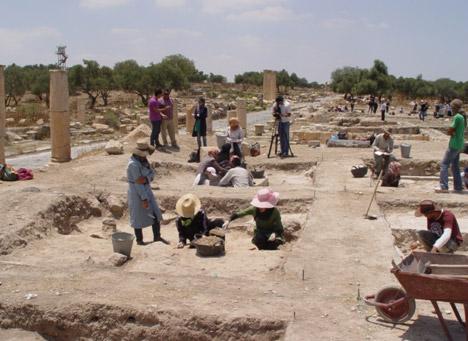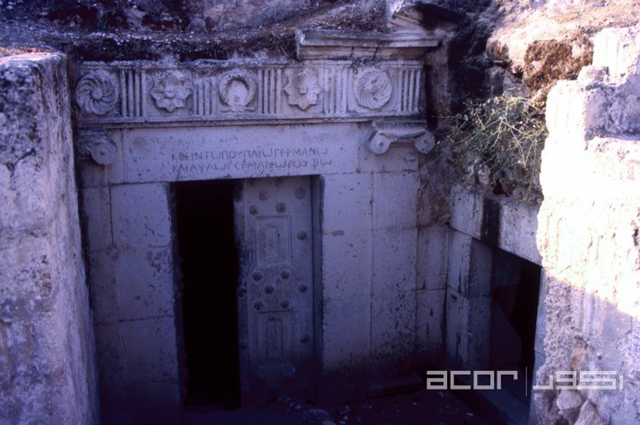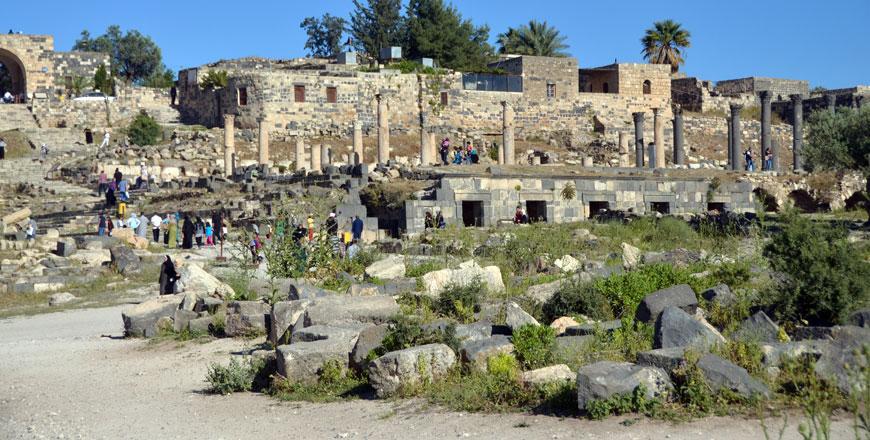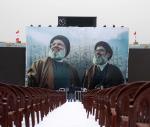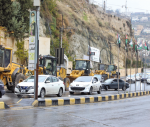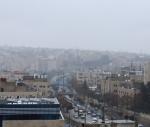You are here
Studying ancient urban development of Gadara
By Saeb Rawashdeh - Aug 08,2024 - Last updated at Aug 09,2024

The vaulted shops west of the basilical terrace in Gadara (Photo courtesy of ACOR)
AMMAN — Ancient Gadara (modern Umm Qais) had a strategic location between the East and West Bank and was established in second part of third century BC and the city was part of the Hellenistic coalition of the cities in Levant-Decapolis.
The German Archaeological Institute (DAI) from Berlin has been very active at Umm Qais and their teams regularly conduct different kinds of research and building restoration and conservation.
Investigations in the city continue with the main focus on settlement development, history, intra urban spatial conditions and water management, supplemented by the first site inspections to study the spatial relations between the city and the outer conurbation area, noted Claudia Buhrig from DAI, adding that the site was established on the border between the Ptolemaic Empire in the south and the Seleucid Empire in the north.
The site maintained its significance as an urban centre in the region under various rulers of the Roman Empire and late antiquity, as well as under changing population structures beyond the time of early Christianity. Only an earthquake in the middle of the 8th century AD disrupted the continuity of settlement in Gadara, Buhrig said, noting that a focus of research was a review of the construction and use phase of the theater-temple area at the eastern city access between the 2nd century BC and 8th century AD.
"After evaluating the finds, five preliminary stages of extension were traced. Furthermore, the extension stages can be connected to the single phases in the construction of the so-called lower tunnel system. According to our interpretation, this tunnel, the terminal point of the long-distance water conduit, provided the freshwater supply to the eastern city area from at least the end of the first century BC," Buhrig underlined.
The research thus far presents the following picture: While parts of the theatre-temple area, namely the older sanctuary, show continuous use, the overall site was subject to constant urban-contextual change from Hellenistic to Byzantine times.
In other words, there are many indications that Gadara was thoroughly planned as an urban centre and leveling and terracing of the theatre-temple show that.
"These alterations depended not only on topographical conditions but also on the options to use the site as sacred and multifunctional space," Buhrig said, adding that with its encircling wall, the sanctuary of Gadara was a structurally defined precinct of significant visual impact. Terraced and placed in an exposed position, it dominated both the steep slope that leads to the Yarmouk Valley as well as the skyline of the ancient city.
Because of the arrangement of the sanctuary and settlement on different levels, an impressive scale of terraces emerged. Coming from the west and east, the sanctuary is visible from afar.
The terraced site of the presumably Late Augustan Qabu is situated in an exposed position as well, high above the Wadi Arab. There is some evidence to suggest that both sanctuaries were connected by a processional road.
"During the excavations of the past few years in the theatre-temple area at the eastern city access, the stratigraphy from Hellenistic through Byzantine times was established through a considerable and well-datable corpus of finds. Analyses of the decorative stone elements were meant to examine the origin of building materials in the region of the North Theatre and the neighbouring temple," Buhrig underlined, adding that the ornamentation of public buildings with decorative marble is virtually unstudied in the region.
According to the German expert, this sort of material played a significant role in the assessment of supra regional trading activity on the cross roads to the northeast (Silk Road) and the southeast (Incense Road).
Related Articles
AMMAN — A “first-of-its-kind” Hellenistic temple in the Levant region has been discovered in Umm Qais, an archaeologist said on Monday.An ar
AMMAN — The ancient city of Gadara (modern Umm Qais) was developed during the Hellenistic and Roman eras and was part of the Decapolis
AMMAN — Over the course of the last 15 years, the Orient Department of the German Archaeological Institute in Berlin under the direction of


